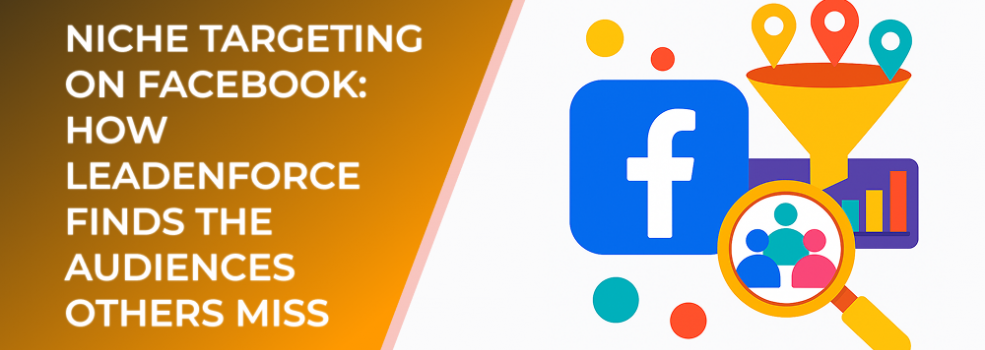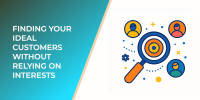The Facebook advertising landscape is more competitive than ever, and broad targeting continues to deliver diminishing returns for many advertisers. Research shows that advertisers waste up to 26% of their budget on audiences that will never convert, while campaigns using refined segmentation improve ROI by as much as 30%. In addition, Meta reported that over 1.8 billion people use Facebook Groups each month, highlighting how niche communities now influence discovery and buying intent.
The Hidden Power of Micro-Segments
Niche audiences are often small, but their conversion potential is significantly higher. According to industry studies, micro-segmented audiences can generate up to 3.5 times more conversions than broadly defined groups. This is because niche users share stronger common attributes, interests, or behaviors, making them more predictable and more responsive.
Many marketers overlook these pockets of users because they rely solely on platform-native targeting, which often generalizes interests or provides incomplete groupings. Micro-segmentation has become a strategic advantage for advertisers seeking sustainable performance.
How Advanced Audience Discovery Uncovers Missed Opportunities
Modern audience discovery tools process large volumes of social data to identify:
-
Communities and groups with unusually high engagement rates
-
Behavioral patterns that correlate with conversions
-
Intersections of interests that are not visible through native ad platform settings
-
Audience clusters built around niche professions, hobbies, affiliations, or content interactions
This approach enables advertisers to reach potential customers who are highly relevant but difficult to spot using standard interest filters.
Real-World Examples of Niche Targeting Wins
1. High-Value B2B Segments
Small business owners, procurement managers, and niche technical specialists often hide behind broad categories. Advertisers who refine these clusters typically see up to 40% lower cost per lead.
2. Localized Consumer Niches
Localized interests, such as regional events, organizations, or cultural groups, can be powerful predictors of buying behavior. Campaigns using hyper-local audience layers often outperform generic geo-targeting by up to 50% in CTR.
3. Specialized Hobbyist Communities
Niche communities like advanced cycling groups, artisan craft circles, or enthusiasts of specific software tools respond more frequently to precise offers, with conversion rates reaching up to 3 times the standard benchmark.
Setting Up a Niche Targeting Campaign: Best Practices
1. Start with behavior-rich audience clusters
Prioritize communities with high engagement metrics—comments, interactions, shared posts—to ensure audience vitality.
2. Layer interests and attributes
Combining multiple defining characteristics narrows the segment while enhancing relevance and intent.
3. Test micro-clusters individually
Separate your niche groups to measure the cost efficiency of each rather than merging them into a single broad audience.
4. Refresh your audience pools regularly
Audience behavior shifts, especially within online communities. Updated segmentation protects performance over time.
When Niche Targeting Works Best
Niche targeting is especially effective for:
-
B2B lead generation
-
High-ticket consumer purchases
-
Specialized e-commerce niches
-
Local service providers
-
Subscription-based platforms
If your market responds to expertise, specificity, or deeply aligned personal interests, niche segments tend to outperform general targeting.
Additional Reading Suggestions
Based on the existing article library, the following pieces expand on topics related to advanced audience targeting:
Final Thoughts
Niche Facebook targeting is no longer optional for advertisers seeking efficient scaling. By uncovering hidden micro-segments, marketers can reduce wasted spend, improve conversion rates, and consistently outperform competitors who rely on broad, platform-defined interests.
Advertisers who embrace deeper segmentation gain not only better results but also a strategic advantage that compounds over time.

